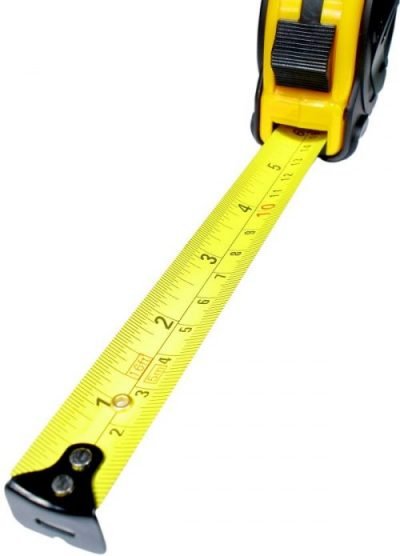Ask anyone which planet is the closest to the Earth, and the most popular answer will be Venus. Surprisingly, this answer is correct and wrong at the same time.
We discussed this question with our planetarium learners and they came up with the following reasoning:
-
Look at the order of the planets. The closest planet to the Earth should be either the previous planet (Venus), or the following (Mars)
-
Look up the mean radii of these planets orbits
-
To find the average distance between Earth & Mars and Earth & Venus, subtract the smaller radius from the bigger one for each pair
-
The smaller distance gives us the closest planet. That’s Venus!

